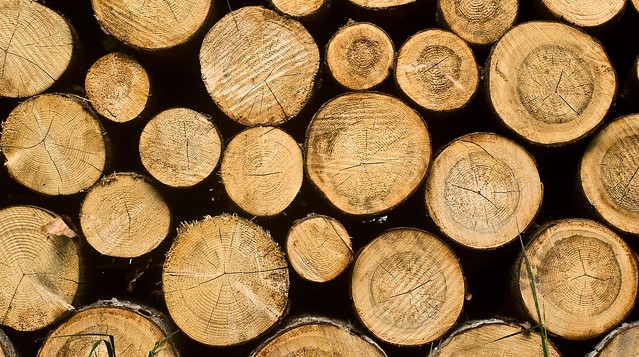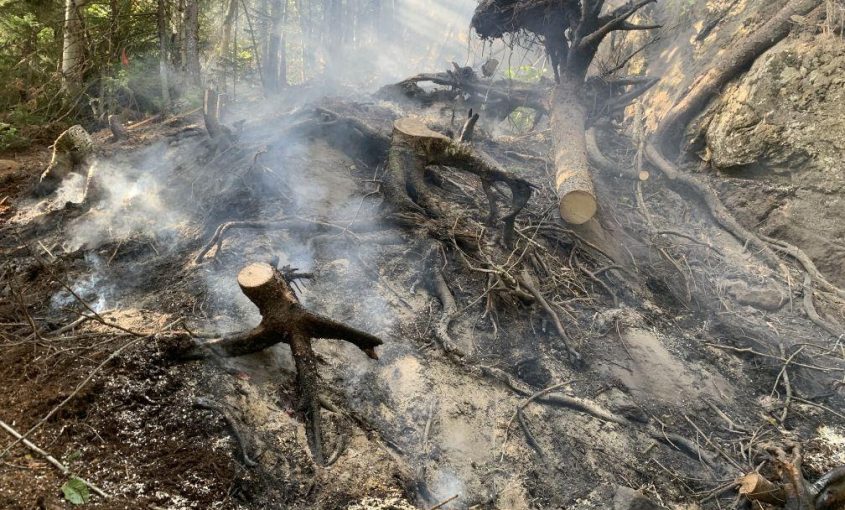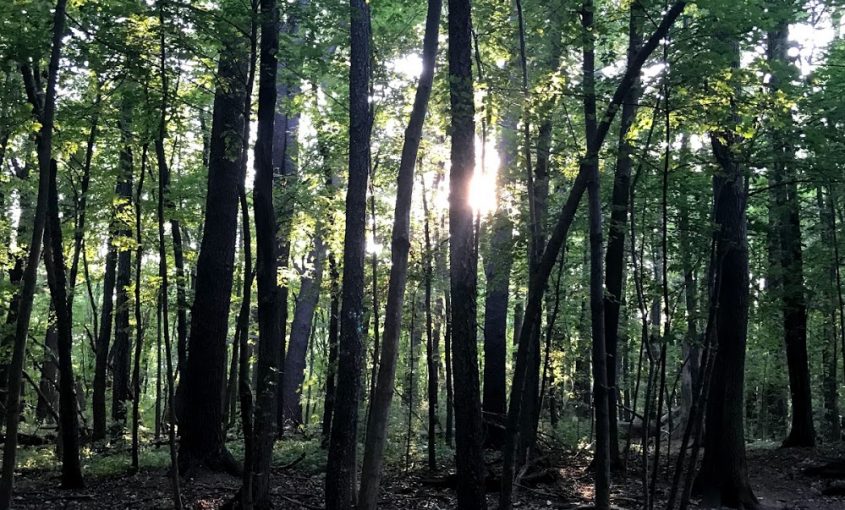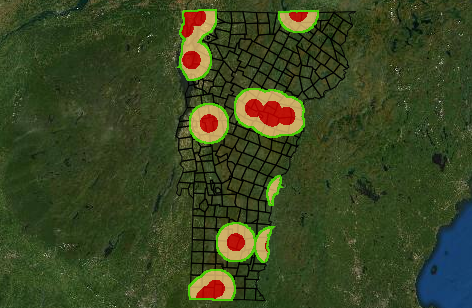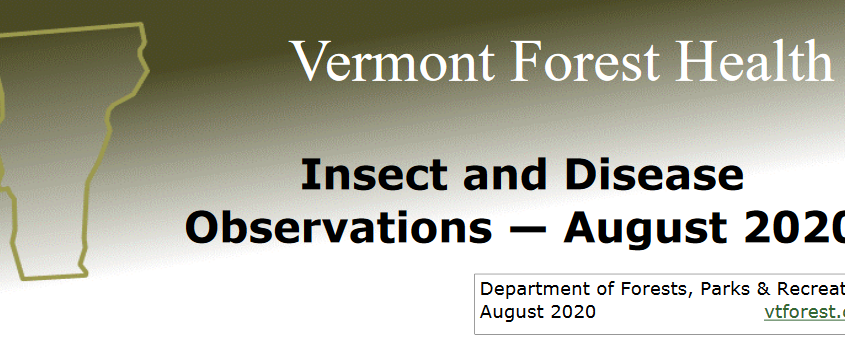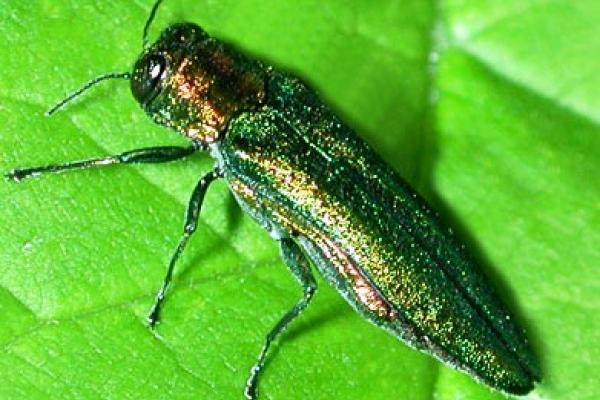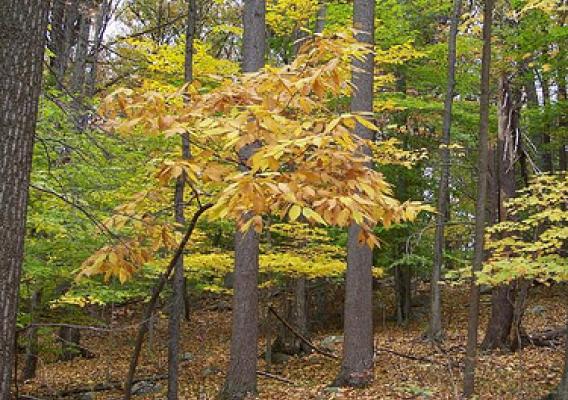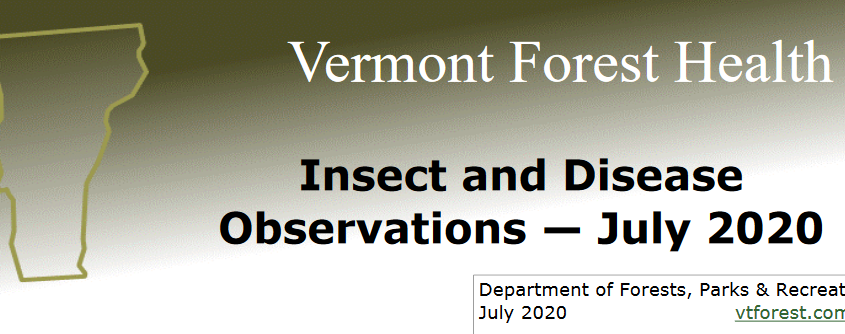Current Use: What it Takes
In this second article about Vermont’s Current Use program, we explore how to get started. Current Use can apply to either agricultural land or forest land. For our purposes, we will focus on forest land. As always, we endeavor to provide information that is as clear as possible; however, as with many subjects, the answers
Read More...



